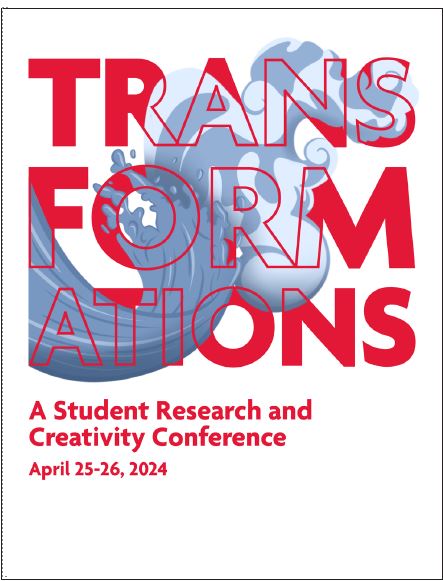Files
Download Full Text (147 KB)
Faculty Mentor
Muteb Alqahtani
Abstract
Teaching and learning fractions have been a focus of research in mathematics education for decades. Current practices of teaching fractions emphasize the partitioning perspective, or part-whole, to conceptualize fractions. Another approach to teaching fractions is measurement. The part-whole approach limits students’ conceptualization of fractions and impedes learning improper fractions, whereas the measurement approach has the potential to overcome these difficulties and supports learning improper fractions. In this study, 55 preservice teachers engaged in an intervention to reexamine fractions using a measurement perspective. Before and after the intervention, the preservice teachers were asked to interpret proper and improper fractions using discrete and continuous representational models. We used conventional content analysis to examine the changes in preservice teachers’ strategies for interpreting fractions. In this paper, we report on these qualitative changes from before and after the intervention and highlight how preservice teachers’ interpretations of fractions influenced by the measurement perspective.
Publication Date
4-2020
Document Type
Article
Keywords
Mathematics, Education, Pedagogy, Preservice Teachers, Transformations, Fractions
Disciplines
Elementary Education | Elementary Education and Teaching | Science and Mathematics Education

Included in
Elementary Education Commons, Elementary Education and Teaching Commons, Science and Mathematics Education Commons


